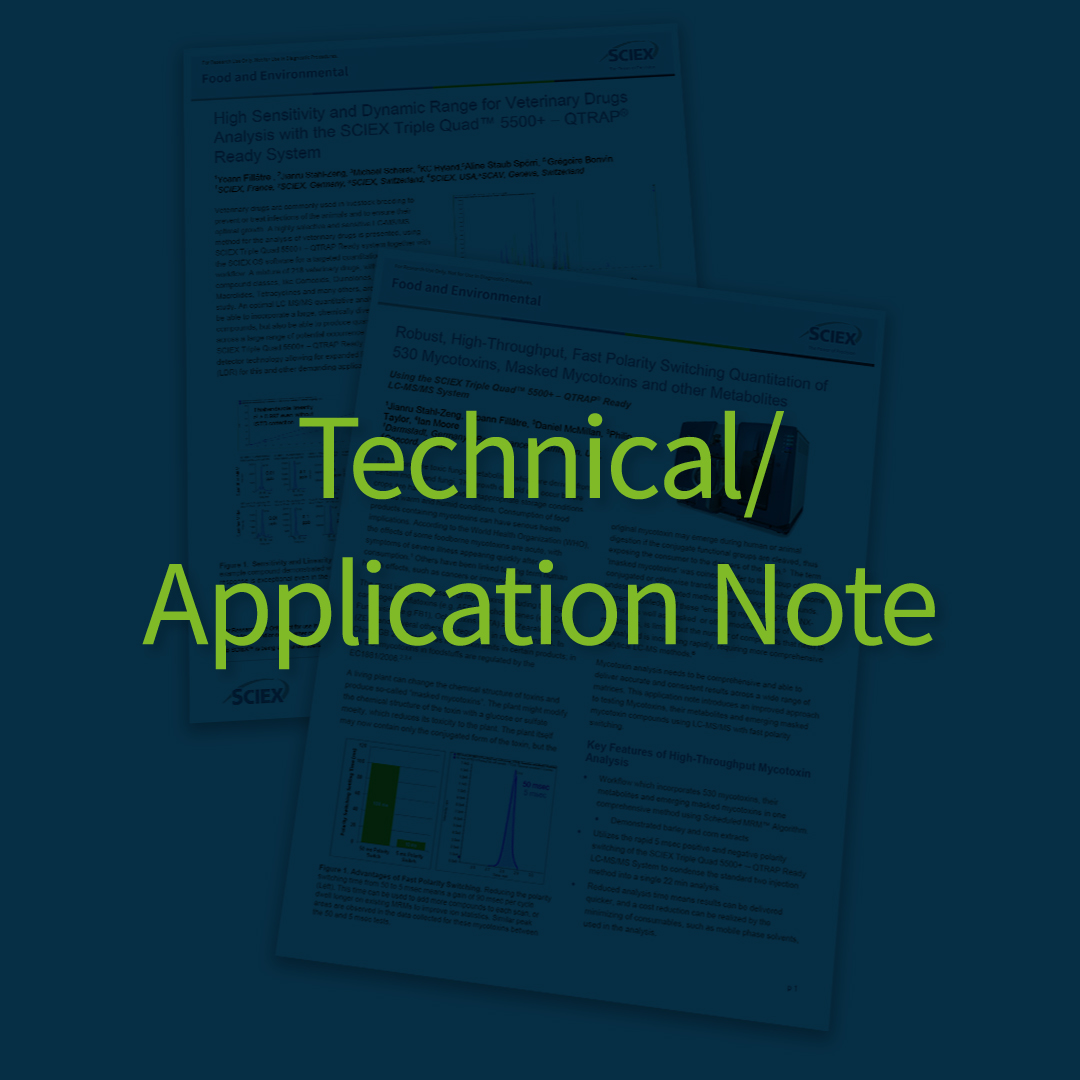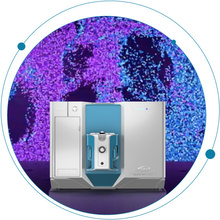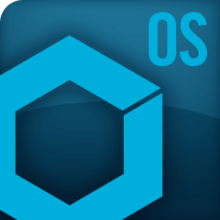Monitoring product quality attributes (PQAs) throughout monoclonal antibody (mAb) development is vital to ensuring drug safety and efficacy. By adopting orthogonal analytical techniques and integrating new technologies that have the potential to provide more information, it is possible to improve product quality and manufacturing efficiency and make more informed decisions.
Tags

Guide decisions during cell line development with more information at the intact level
Monitoring product quality attributes (PQAs) throughout monoclonal antibody (mAb) development is vital to ensuring drug safety and efficacy. By adopting orthogonal analytical techniques and integrating new technologies that have the potential to provide more information, it is possible to improve product quality and manufacturing efficiency and make more informed decisions.

Unlock the benefits of nominal mass spectrometry for NPS analysis
The development of analytical methods for the detection and quantitation of drugs and metabolites in a range of biological matrices is a challenging process. Forensic toxicology labs need a reproducible and reliable methodology to ensure the robustness of the data and the quality of the results. They also need robust and sensitive instrumentation that can detect drugs at trace levels with high specificity, especially when it comes to novel psychoactive substances (NPS), which can be difficult to monitor and control.

Metabolite identification and peace of mind
Managing metabolite identification (Met ID) studies is challenging, so what is at the top of your priority list as you plan the year ahead? Ensuring you have the data needed to manage product safety, meeting deadlines, staff recruitment and training, maintaining compliance, capital expenses, or something else?
Acoustic Ejection Mass Spectrometry at ASMS 2023
For all those interested in learning about all the cool applications possible with AEMS and the Echo MS system, here is a list of presentations at ASMS 2023. Monday: MOH 3:50pm – Intact protein analysis MP 294 – Metabolite identification MP 312 Compound QC Tuesday TOB...
Optimized rolling collision energy curves for IDA and SWATH DIA for peptides
During data dependent acquisition (DDA or IDA) or SWATH acquisition, the collision energy can be automatically adjusted according to the mass/charge and charge of the peptide. This dependency has been well characterized on our QTOF systems. By selecting rolling...

What has the Echo® MS system done for the pharma industry? (And don’t just take our word for it!)
SCIEX was very proud to have an illustration of the Acoustic Ejection Mass Spectrometry (AEMS) technology that powers the Echo® MS system on the front cover of the Journal of the American Society for Mass Spectrometry in January 2023. The associated article—Ultrahigh-Throughput Intact Protein Analysis with Acoustic Ejection Mass Spectrometry—was co-authored by scientists from SCIEX and Merck.
Methods for OPI electrode cleaning for Echo® MS system electrodes
Depending on the samples you are running on the system, it is possible for the Open Port Interface (OPI) electrode to become dirty or occluded over time. Below are two different cleaning strategies that can help you maintain your Echo® MS system and keep your OPI...
Current proteomics software compatibility for ZenoTOF 7600 system
Below is a summary of various other software packages that are useful for processing proteomics data from the ZenoTOF 7600 system. Note this list is not comprehensive and only covers the tools we have lightly tested to date. Acquisition Type Software Files needed...
Easy switching of sources and LC flow regimes on the ZenoTOF 7600 system
This series of videos outlines how a user can easily switch sources and operate the system in different LC flow regimes.
Automation integration for the Echo® MS system
The Echo® MS system is specifically designed to be compatible with a variety of automation options to allow labs the flexibility to personalize their setup to meet their specific needs. To help you make the best decisions for your own lab, here are the answers to some...
Assess the performance of the Echo® MS system
To obtain the best, most reproducible results using the Echo MS system, it is important to select the best solvent for your analyte and matrix and to ensure the flow rate is optimized for your solvent. Please review this flow rate optimization community post to...
SCIEX Software support for beyond Win10
SCIEX does not support their instruments on windows 10 version 20H2 or above (including Windows 11).

Back to the new basics: Part 1 | Making the leap from GC-MS to LC-MS
Producing accurate results quickly in a demanding environment is no easy feat for analytical scientists. What’s more, many of us are constantly questioning ourselves—I certainly am—about whether we are employing the best technique for the analysis at hand.
It’s an overwhelming thought, considering the wide range of tools that are available to choose from, each of which offers varying levels of capacity, sensitivity, selectivity, specificity and cost. How do you meet the unique needs of your organization without breaking the bank? I get it, and I’m not here to convince you it’s easy. My aim is to guide you through the process to help you make the right decision for you.
How to optimize sample plating to run Echo MS system in ‘Fast acquisition mode’
The Echo MS system can acquire data extremely rapidly, at 1 second per sample. To achieve this speed, it should be ensured that there is adequate time between ejections for the analyte signal to return to baseline between ejections. Plating your samples such that you...
Switching between different LCs that communicate through ethernet and setting up the correct module IP address
Different LC options are supported in SCIEX OS software and Analyst software. Those that communicate through ethernet differ in their default IP addresses. In this community post, we will detail the LAN setup, configuring the IP address and subnet mask for LC...

Rescheduling a Schedule I substance, and the Delta-8 controversy
Did you know that in the US, drugs and other chemicals are classified into 5 distinct categories depending on the drug’s acceptable medical use and its potential for abuse or dependency? Drugs federally classified as Schedule I substances by the US Drug Enforcement Administration (DEA) are considered to have the highest potential for abuse and for creating severe psychological and/or physical dependence. In addition to heroin, LSD and MDMA (ecstasy), cannabis is classified as a Schedule I substance in the Controlled Substance Act of 1970, which means it has no approved medical usage.
How does automatic calibration work on the QTOF, TripleTOF and ZenoTOF systems?
When you think about calibration of a mass spectrometer, there are actually two aspects to consider. There is the accuracy of the calibration (that it is correct when calibration is performed) and the stability or precision of the mass calibration (that it remains...
Getting access to demo data and other files for learning the OneOmics suite
In order to help you get proficient in using the OneOmics suite workflows, we have provided some demo datasets along with numerous other valuable files and supporting information to help you get started. Once you get access to your SCIEX Cloud account and can view...
MRM method transfer from a SCIEX Triple Quad or QTRAP 6500+ system to the SCIEX 7500 system
General recommendations when beginning method development Objective: The purpose of this document is to provide a quick reference for transferring MRM-based quantification methods from a SCIEX Triple Quad or QTRAP 6500+ system to a SCIEX 7500 system. While the best...

Reducing PFAS interferences during human plasma and serum analysis with accurate mass spectrometry
Tips to maximize electrode lifetime for Echo MS system
While it’s easy to think of the Echo® MS system as an ultrafast LC system in front of the SCIEX Triple Quad 6500+ mass spectrometer, the system operates on fundamentally different principles. For this reason, it requires different routine maintenance to keep it...
Echo MS system maintenance operations
The Echo® MS system is a robust platform, and like any other platform, requires some routine maintenance on a regular basis. Here are 3 maintenance steps that can help you ensure consistent, reliable performance: Immediately before use or after switching carrier...

Breaking down the SCIEX Triple Quad™ 7500 LC-MS/MS System – QTRAP® Ready
Sensitivity and robustness carry different meanings in the world of mass spectrometry. Generally, sensitivity refers to an instrument’s ability to achieve lower limits of detection (LOD). Robustness, on the other hand, refers to an instrument’s ability to consistently...

Importing acquisition methods from Analyst software to SCIEX OS software
The SCIEX Triple Quad 7500 system is the first nominal mass instrument to be released completely on SCIEX OS software. Moving to a new software solution can be time consuming with the need to transfer numerous methods to the new platform. SCIEX OS software helps...
The honey sting
As a consumer it’s hard for me not to feel inundated with claims that our food is “all-natural” or “chemical-free” or that we should buy certain “superfoods” for their health benefits. We read labels and trust that the product we are buying is what we are truly...

The top 5 questions to ask when investing in accurate mass technology for forensic toxicology workflows
Are you considering the purchase of a high-resolution accurate mass (HRAM) instrument for your forensic toxicology lab? To help ensure you invest in a solution that ideally meets your needs, ask yourself the following key questions. 1. How do I ensure my results...

Innovation that’s blasting through limitations in explosive detection
Mass spectrometry’s important role in identifying explosives The need for rapid explosive detection is now an unfortunate reality. The remit is multifaceted. The first is for preventative purposes, to protect us from any threat to life. The second is in the...

A new generation of therapeutic modalities
There are over 7,000 genetic diseases that could potentially be cured using gene therapy. Rare metabolic diseases, autoimmune disorders, cardiovascular disease and cancers are some of the top disease classes that can be addressed with gene therapies. With over 1,000...
Enhancing Biologics with CESI-MS Characterization
Comprehensive characterization of a biologic requires analysis at both the intact and digest levels, but these analyses can be complex and cumbersome. For example, with conventional liquid chromatography separations, researchers are often left with limited information...

Full, partial and empty capsid ratios for AAV analysis: What’s the big deal?
For many of you working to develop gene therapy drugs, you know that the time to market the drug is critical. Because gene therapeutics cure diseases by targeting specific genes, it is a constant race to see who develops the drug first. Unlike other classes of drugs where multiple medications can be used to treat a disease, whoever is first to develop a gene therapy drug wins.



 Contact Support
Contact Support